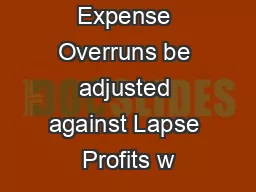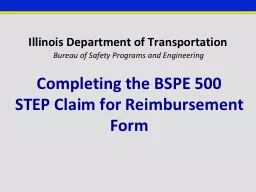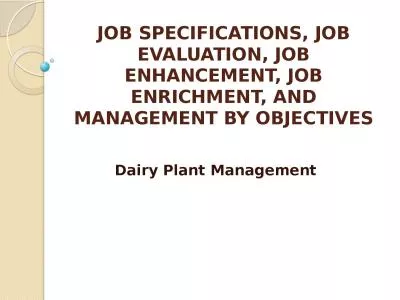PPT-Completing a Job that Overruns
Author : myesha-ticknor | Published Date : 2017-05-25
ENGINUITY TUTORIAL Copyright Virtual Management Simulations Completing a Job that Overruns Ideally all jobs progressed will be completed either early or on time
Presentation Embed Code
Download Presentation
Download Presentation The PPT/PDF document "Completing a Job that Overruns" is the property of its rightful owner. Permission is granted to download and print the materials on this website for personal, non-commercial use only, and to display it on your personal computer provided you do not modify the materials and that you retain all copyright notices contained in the materials. By downloading content from our website, you accept the terms of this agreement.
Completing a Job that Overruns: Transcript
Download Rules Of Document
"Completing a Job that Overruns"The content belongs to its owner. You may download and print it for personal use, without modification, and keep all copyright notices. By downloading, you agree to these terms.
Related Documents












![[EBOOK] - GET THAT JOB! ACE Your JOB Interview - Every Time!: First Job Interviewing](https://thumbs.docslides.com/905278/ebook-get-that-job-ace-your-job-interview-every-time-first-job-interviewing-tips-job-interview-weaknesses-key-job-intervi.jpg)

